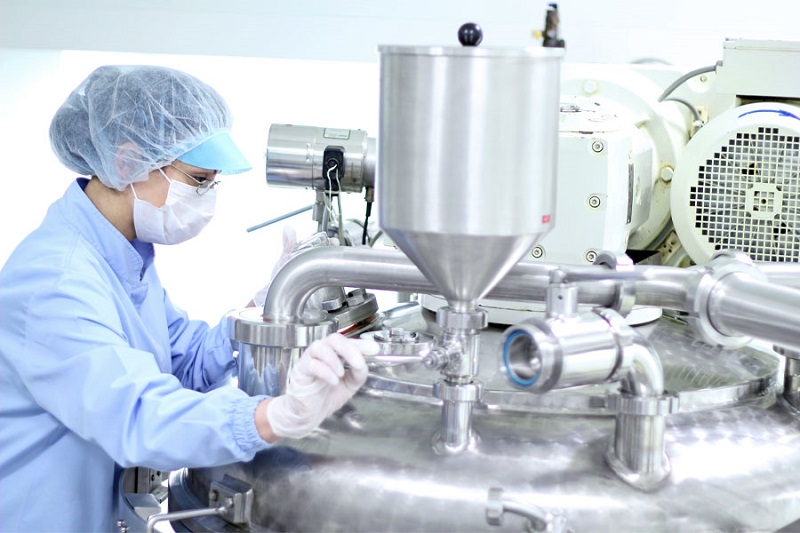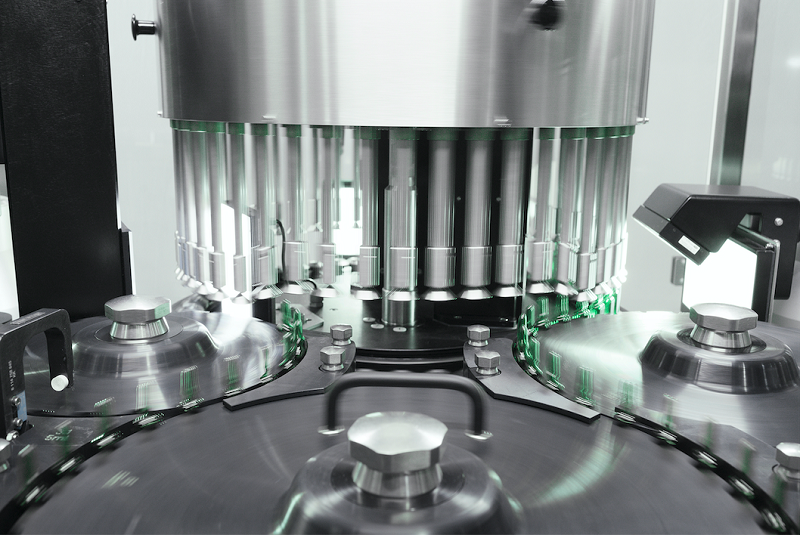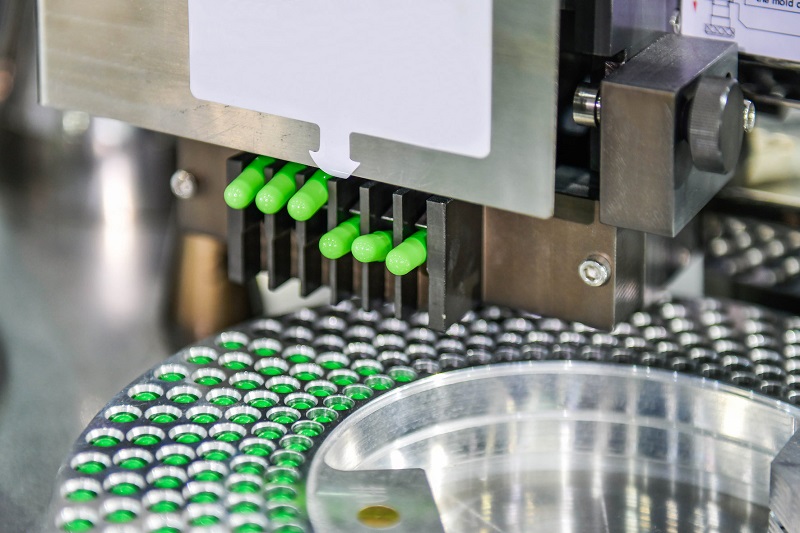
Up to now, the stainless steel most widely used in the pharmaceutical industry is SS316L, which is better than stainless steel such as SS316 with relatively high carbon content. Because steel such as SS316 is more susceptible to intergranular corrosion and is not easy to weld. Duplex stainless steel, such as LDX2101, is being used as a cheaper alternative to SS316L. At the same time, super austenitic and super duplex stainless steel containing 6% molybdenum are being gradually adopted in order to be more widely used.

In the past several years, vaccine manufacturers and biotechnology companies have increasingly turned to using disposable products such as plastics or biodegradable protoplasts to replace stainless steel. Although the high cost of nickel and molybdenum is undoubtedly a contributing factor, the reason is not so simple, but also due to the new trend in this industry itself. On the one hand, it is the demand for greater flexibility and faster turnover period. On the other hand, pharmaceutical companies are more inclined to choose the convenience brought by one-time use because they can be installed faster and easier than those fixed pipes made of stainless steel, and do not need a long cleaning process. As a result, the demand for labor, chemicals, water and energy, together with the initial investment costs, has been greatly reduced.

With the spread of avian influenza in 2004, in order to meet the demand for influenza vaccine, the use of disposable products has increased sharply. During the avian influenza period, flexibility and construction speed become very important due to the need for rapid response. In addition, according to Dr. Helene PorA of Pall company, there is a separation method of egg based vaccine production process, which is time-consuming and complex, and the faster and more advanced cell genetic method. It make possible to use a large number of disposable products.
Another important factor is the scale of production. Stainless steel is often used in large-scale bioreactors used in traditional devices, but it is better to use disposable ones for small-scale production. Senior expert Klaus "The problem is scale," Hermanson said. The Danish pharmaceutical engineering company NNE (enolase drug program) process told me: "if the size of the bioreactor is about 500 liters, it is best to use disposable plastic. However, for any bioreactor with a size of 1000 or 2000 liters, there is no material that can really replace stainless steel." This is because the disposable hose that may be discarded instead of the pipe needs an external container to collect, and this must be a stainless steel container with a volume of more than 1000 liters.

Vaccines and biotechnology are small but rapidly developing parts of the pharmaceutical industry. In these small batch, special and flexible production departments, disposable devices are obviously more popular than stainless steel. However, traditional large-scale pharmaceutical plants will continue to use stainless steel. In fact, a considerable number of equipment are used together with disposable components and stainless steel components, so there is an increasing demand for equipment with mixed use of two system materials. To this end, colder's products have developed its steam thru ® Technology, which can create a sterile connection between the non sterilized hose system or short tube assembly and the stainless steel treatment equipment. Its three-way design reduces the risk of contamination caused by the removal of blind pipe sections and allows steam to be directly connected to the steam pipe joints of stainless steel equipment.

The prosperity of the small-scale vaccine and biotechnology industry has brought about the rapid development of the pharmaceutical industry. However, it is doubtful whether this will lead to the growth of the demand for stainless steel. However, stainless steel will continue to be used in the construction, expansion and maintenance of large-scale production equipment, and the construction of these large-scale equipment will be mainly concentrated in lower cost and export-oriented areas.
Overview of silicon steel market conditions for the first week of January 2024
2024-01-06Highlights of Stainless Steel Procurement in Kitchenware Industry in the 3rd quarter of 2022
2022-07-25Import and export data of stainless steel in China from January to November 2022
2023-01-04Main Uses & Application Fields of Stainless Steel Water Tank
2022-08-01Laser Cutting Process and Edge Effect Control for Ultra-Thin Ferrite Cores
2025-03-11Laser cutting technology on the iron core of new energy motor
2023-09-15






